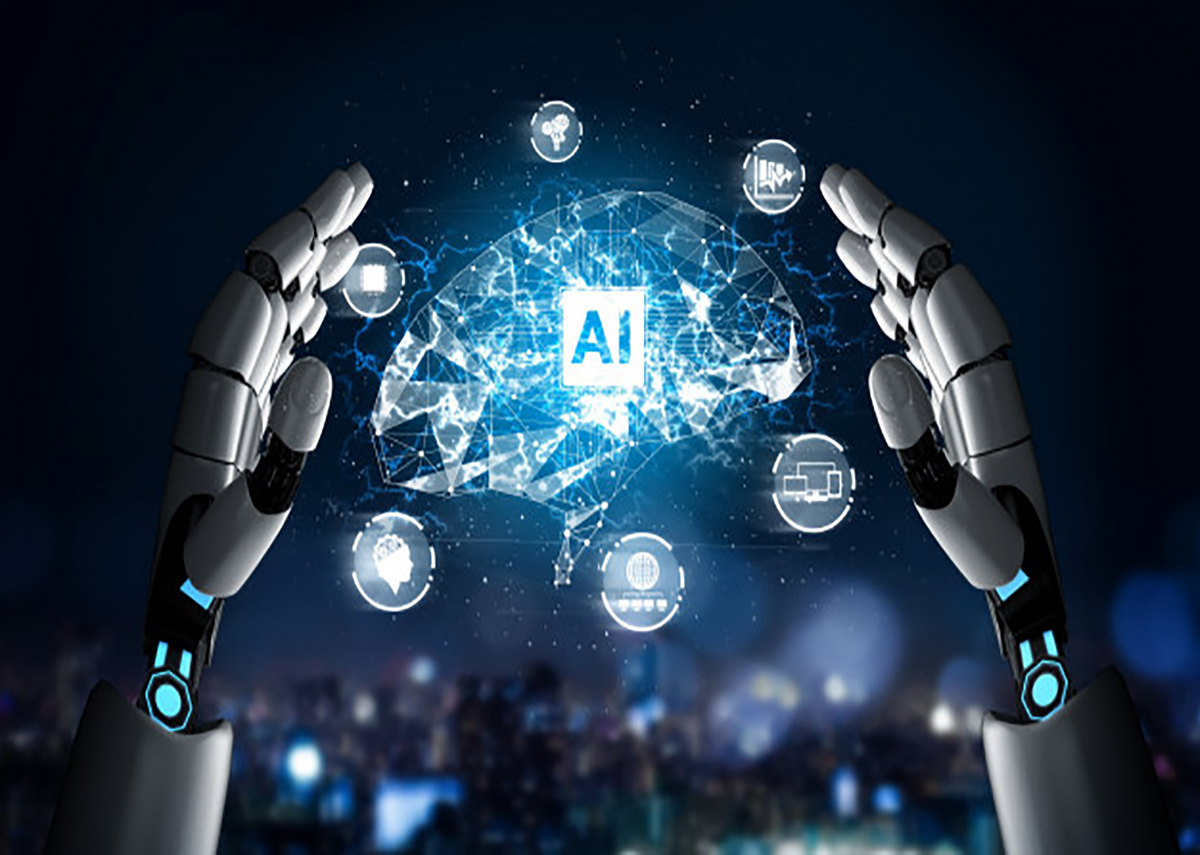What are the Benefits of K-means Algorithm in Machine Learning
Share

K-means algorithm is a tool that helps create partitions between datasets. This algorithm creates dataset groups into K and categorized each data into a group. A single piece of data cannot be placed in two groups in this interactive algorithm. That is why this algorithm is unique and beneficial. Marketing teams use this algorithm to classify their potential customers into different groups. This helped them offer a personalized experience to the customers.
The algorithm organizes data into intra-cluster data points while keeping the clusters distant as possible. This algorithm classifies the datasets so that the total squared distance of the cluster’s data points and centroid is lower. The cluster centroid is essentially the data point’s arithmetic mean. When we have less cluster variation, the data points in the same cluster will become homogeneous. Here is how k-means works:
- First, it determines the number of clusters K.
- Secondly, it shuffles the dataset and randomly places data points in the centroids without exchange.
- It keeps iterating the dataset in the centroids until it finds a change.
Benefits of K-means Algorithm in Machine Learning
Here are some benefits of the K-mean algorithm in machine learning:
1. Unlabeled Data Sets
In our real world, numerous data is scattered and unlabelled. This dataset doesn’t come under a class. However, we can organize the datasets into different groups using the K-means clustering algorithm. For instance, if you want to find the user behavior of Netflix users, you can use K-means clustering to create groups and sort the data according to shows they watched.
2. Nonlinearly Separable Data
Consider data structured in a set of three concentric circles. You cannot create separate groups because each data falls under two to three categories. There aren’t any planes or straight lines to unlink the data and place them in different sections. Furthermore, we cannot draw a graph for the data in concentric circles. However, K-means converting and clustering coordinate systems can create a polar coordinate to Cartesian coordinates. We can easily create groups and categorize the data in concentric clusters using these coordinates.
3. Simplicity
K-means algorithm is a simple two steps clustering process. The first step is cluster assignment and the second one is the move centroid step. However, this unsupervised algorithm can easily create, implement, and handle massive datasets.
4. Availability
K-means clustering can integrate with wide-ranging tasks. Furthermore, it is available with popular machine learning packages, allowing you to use this tool to cluster your data easily. Furthermore, K-mean clustering can quickly classify huge data in less time.
Conclusion
The K-means clustering algorithm is a machine learning model that classifies unlabeled data that is otherwise not possible in real-time. Some example of this algorithm is Naïve Bayes, logistic regression, and other linear models. Integrating the K-means algorithm with your tasks is a simple process. The major goal of the K-mean algorithm is to classify datasets into different clusters based on their attributes.


